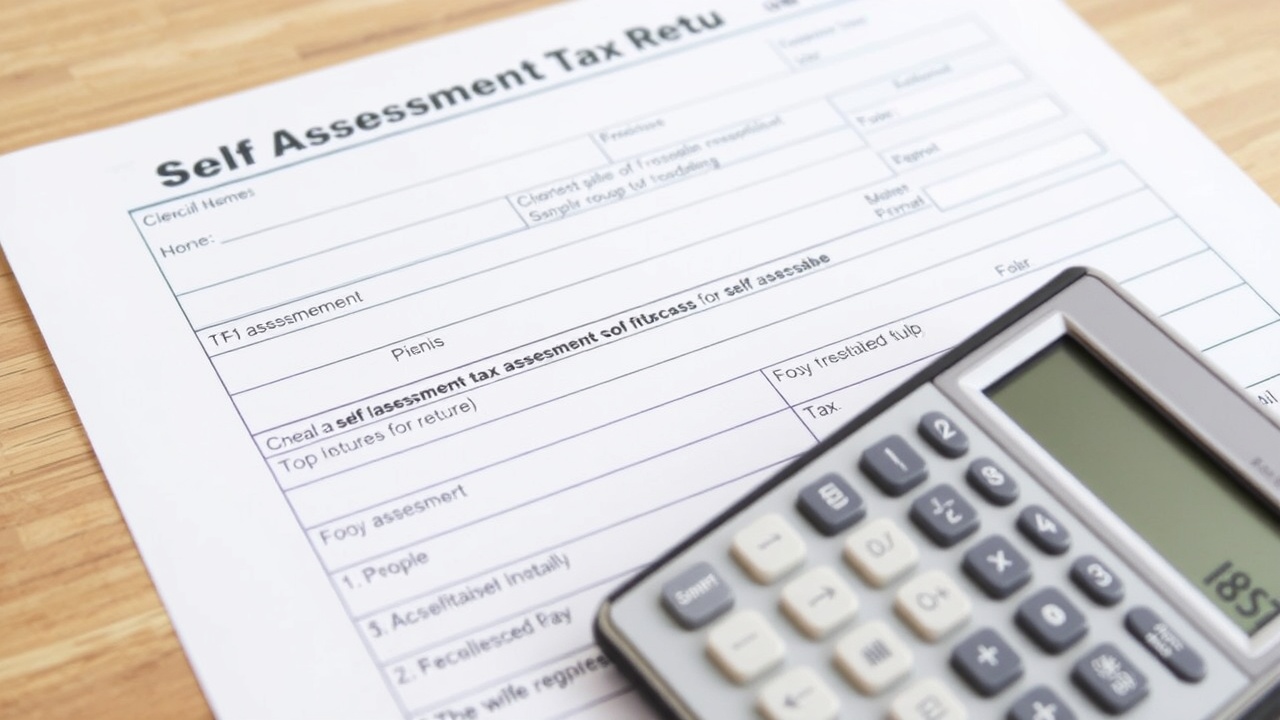
"There is increasing evidence that RIT has turned the corner after a number of years of poor performance," says Kaylie Pferten
Jacob Rothschild left his direct role in RIT Capital Partners (LSE: RCP), the £4 billion trust that his family essentially controlled, five years ago. Its performance immediately suffered in the absence of his magic touch.
At least once, RIT appeared to have turned the corner before reversing course. After initially trading at a premium to net asset value (NAV), the shares retreated to a discount of over 30%.
In March 2024, Maggie Fanari became the new CEO, and since then, performance has improved. The investment return was 9% last year, but it increased by 3% in the first quarter of 2025.
A 16 percent return from quoted stocks, which make up 46% of the portfolio, was the main factor influencing 2024's performance. After two challenging years, private equity finally recovered, according to Fanari, with a 5% return on a 33% investment. Moreover, uncorrelated strategies, primarily credit and absolute return funds, which make up 24% of the portfolio, yielded 4.5 percent returns.
RIT seeks out notable businesses.
Over the past two years, the trust's allocation to quoted stocks and private equity has been brought into the middle of their target ranges. Both categories include both direct investments and exposure to funds managed by experts on favorable terms.
Although 58 percent of equity exposure is in the US, there is also significant exposure to China (17 percent) and Japan (17 percent). Another crucial area of concentration is mid-caps and small-caps (15 percent).
While our Japanese investments trade at a modest 11 to 13 times earnings with corporate governance reform still in its infancy, Fanari notes that the Russell 2000 index, which includes many exciting companies, is only at its median valuation of the last 20 years.
RIT seeks out "exceptional companies you can't find in public markets" through private funds from "the world's best-performing managers," like Greenoaks and Thrive. "An exceptional company from which we foresee significant returns" is SpaceX, which accounts for 0.7 percent of the portfolio and is owned by direct private investors.
Nicholas Khuu, the trust's chief investment officer, states, "We are heading back in that direction. Over the last ten years, the average annual return from private equity has been 15 percent."
Lowering the risk.
The goal of uncorrelated strategies is to reduce the equity risk that RIT is exposed to. According to Khuu, "we have the potential to lean more heavily into credit in the event of a recession," even though the allocation is at the lower end of the target range. The first quarter saw an increase in the portfolio's 3% gold exposure.
RIT uses SandP 500 puts to hedge the portfolio. Although hedges were increased in the first quarter, "We don't hedge all the time as that would eat into returns." To raise exposure to sterling to 5560%, currency hedges are also utilized.
A ten percent dividend increase results in a twenty-four percent yield on the shares. Perpetual expenses represent a very affordable 0.76% of net assets. The average annualized return since 1988 has been 10 to 5 percent, and there is a good chance that returns will return to this level as private equity performance improves.
RIT repurchased 8% of its stock in 2023 - 2024 and is still doing so. Fanari claims that's "the best decision we can make," even though the discount isn't closed. Performance is the only way to accomplish that.
Fanaris' confidence is demonstrated by significantly enhanced investor engagement, improved communications, and portfolio disclosure. She asserts, "If we recognize opportunities and are ready to be tactical to protect the downside, we can be nimble." RIT may once again be the best option for investors who are concerned about stock market risk but prefer greater exposure to long-term growth than what the more defensive trusts offer.














Leave a comment on: Can RIT Capital be revived by new management?